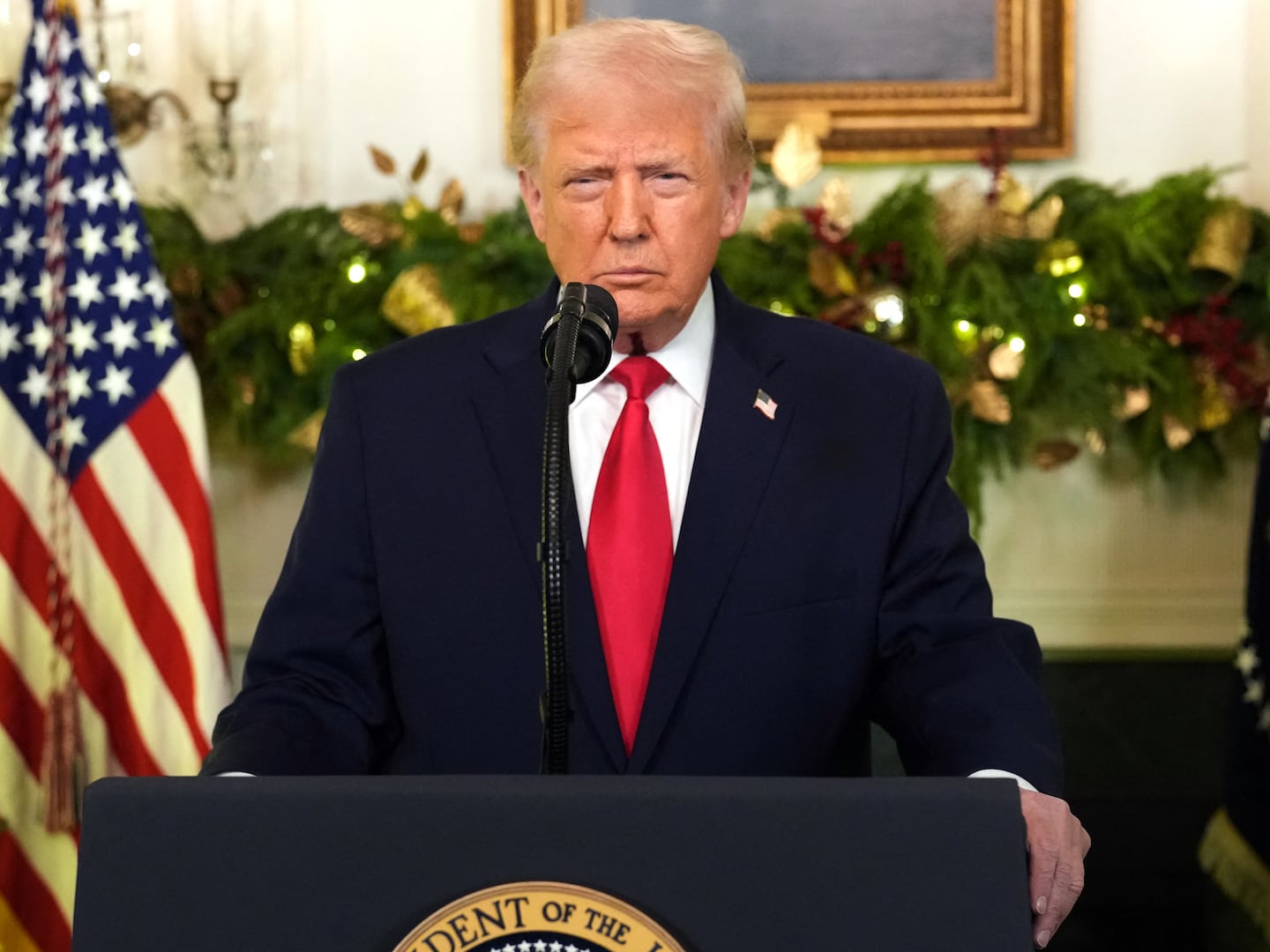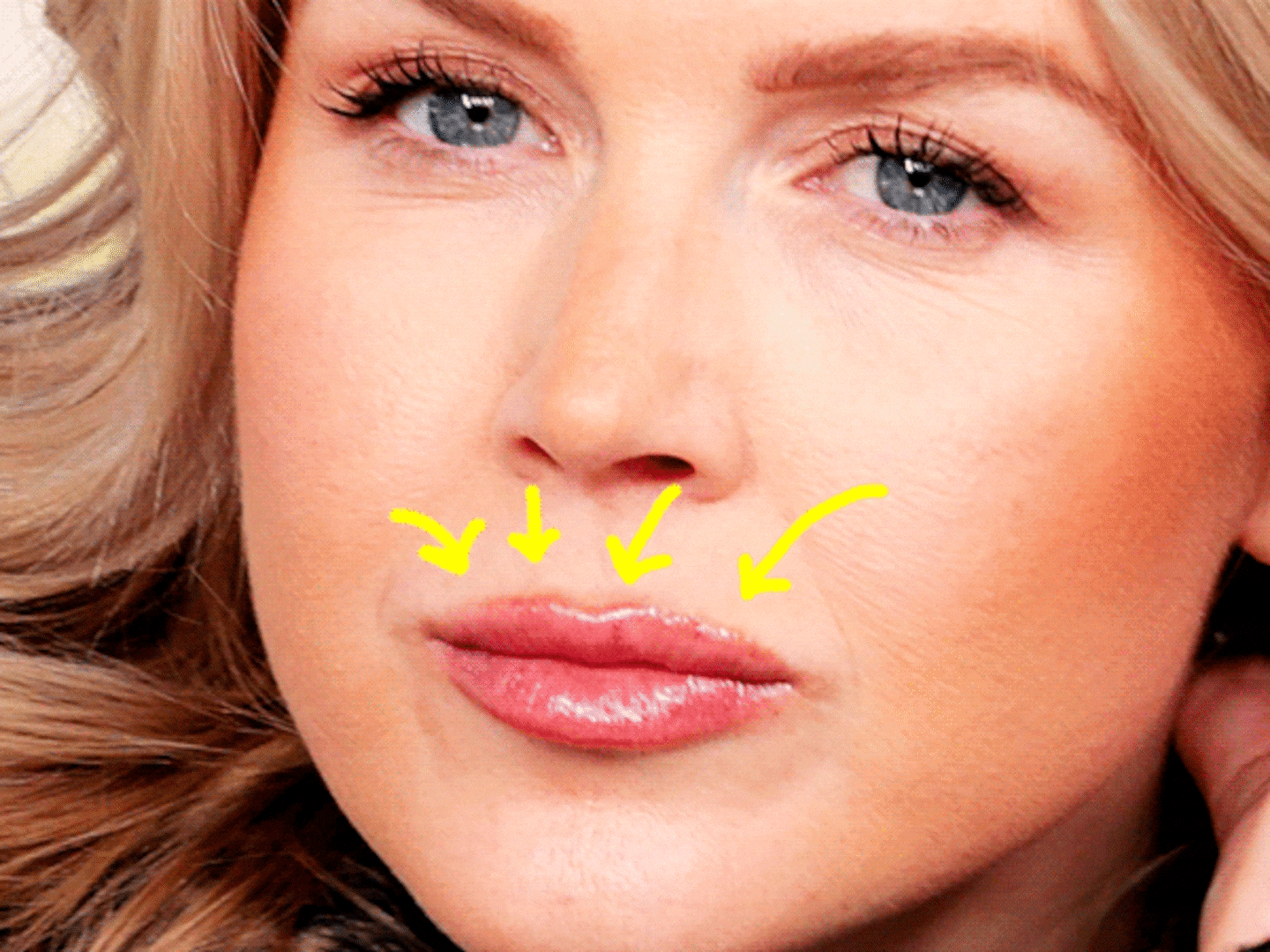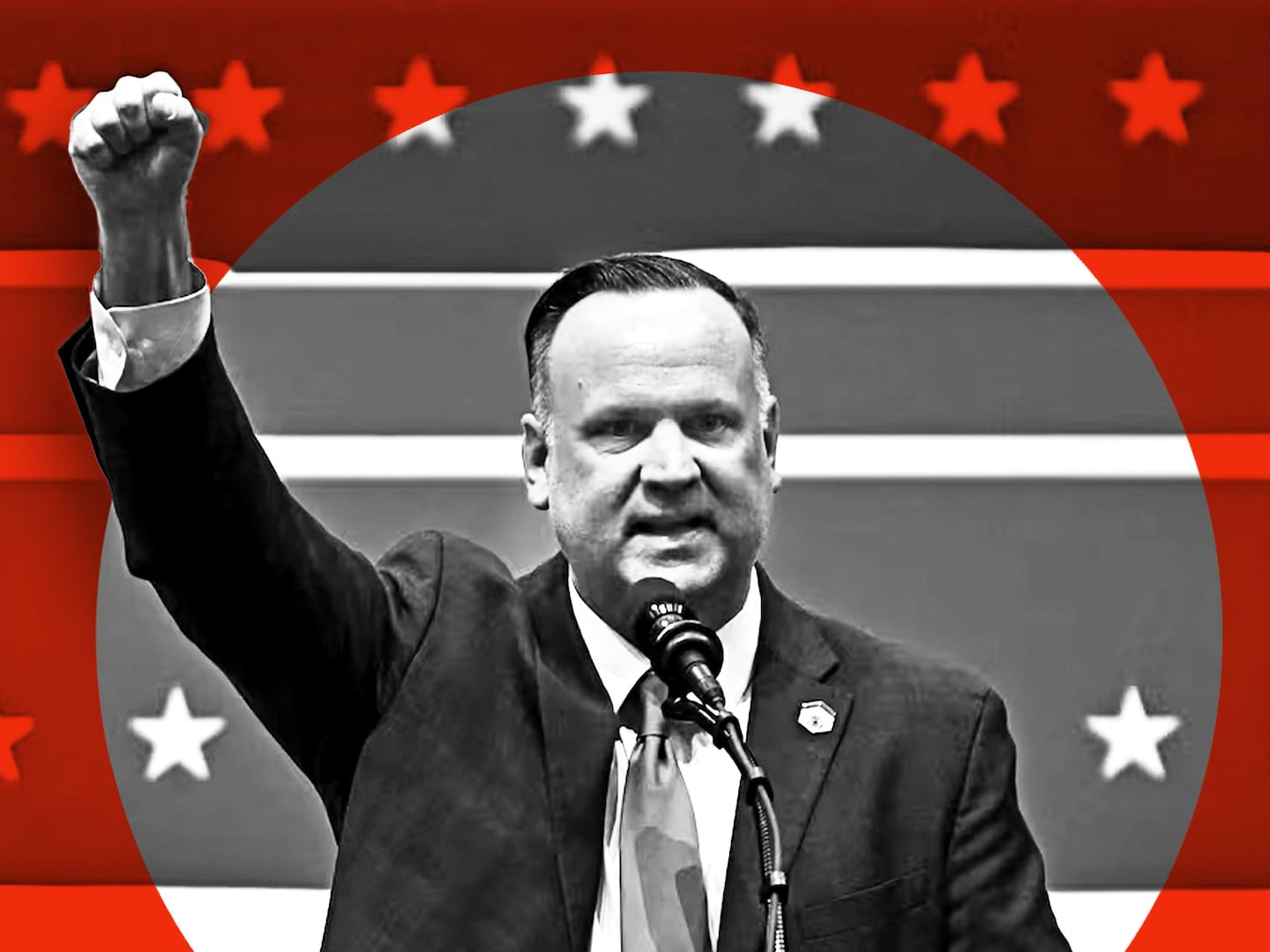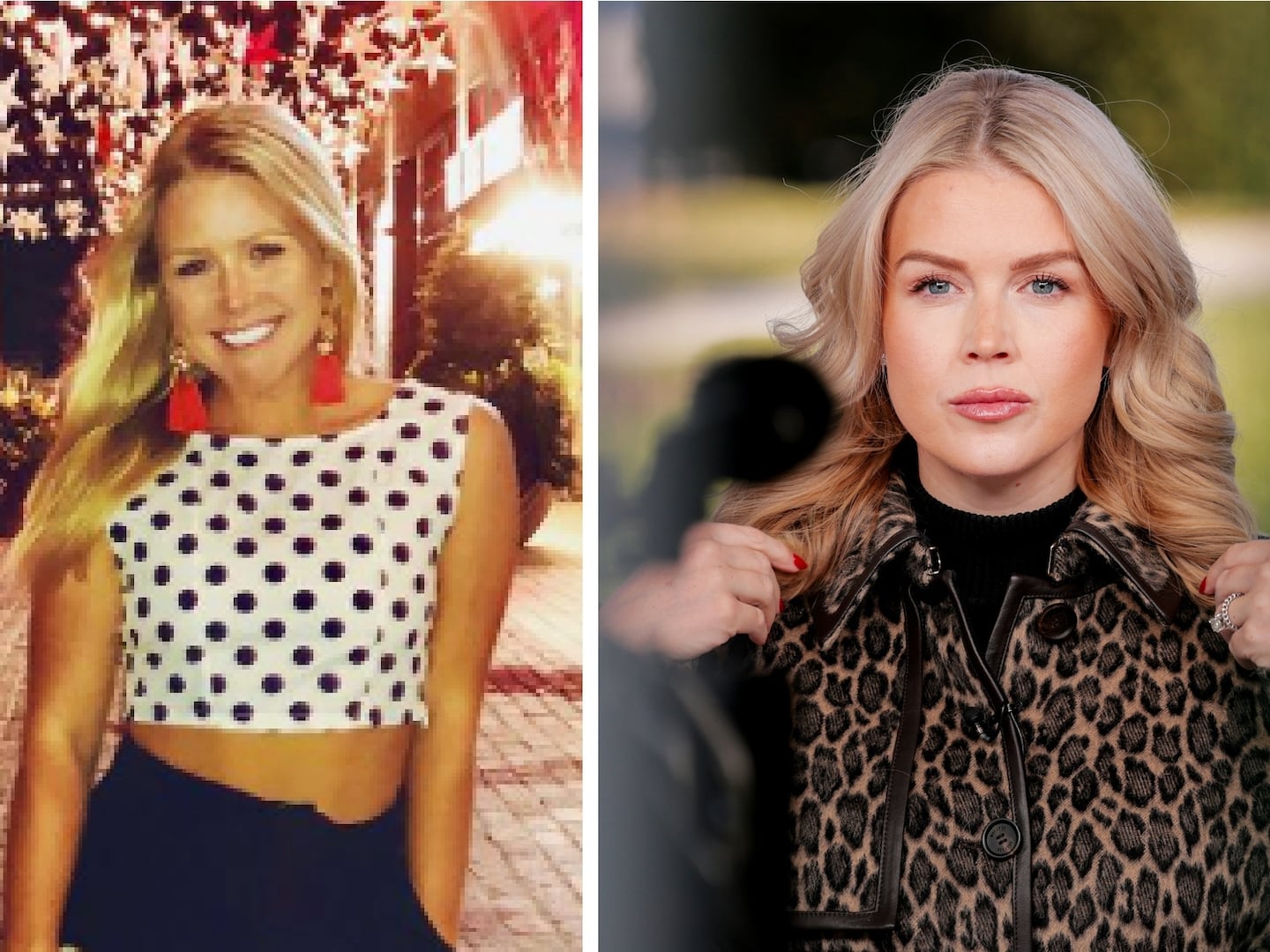Beleaguered Americans long to return to their favorite restaurants and other non-essential neighborhood spots as soon as it is safe to do so. We are ready for late weekend mornings spent over a cup of diner coffee, or calendars booked again with familiar rituals like haircuts or color appointments.
Something we might not be prepared for: the lines outside those businesses, which will undoubtedly have new capacity caps limiting how many people may enter at a time.
Sure, the past two months have conditioned many to accept the kind of interminable tediousness—and muscle aches—unique to time spent waiting in line as an inescapable part of life. (Though Americans remain regionally divided when it comes to describing the activity: “standing in line” or “standing on line”?)
We have queued for the mundane on our weekly grocery store trips or to pick up money from an ATM. Other lines, like those hemorrhaging out of shelters or soup kitchens, feel ripped from a century-old Jacob Riis photograph. One woman reported sitting in her car for 18 hours at a drive-thru food bank in San Antonio, Texas.
James Winans is the interim CEO & chief development officer at the Bowery Mission, a New York homeless shelter that has operated since the 1870s. Winans estimates that interest in daily free meals has doubled during this crisis; the food line now stretches down the street and around the block.
“We have certainly taken on space that doesn’t belong to us,” Winans said. “We are sandwiched between, and have friendly relationships with, a museum and a hotel.” No one knows when those businesses will open back up yet, so for now that curbside serves as the Bowery Mission’s standing room.
NYPD officers now marshal the line. “We haven’t had that police presence before now,” Winans added.
Especially in congested cities like New York, it’s not hard to imagine a near-future where queues stretch out of multiple businesses on the same block. Many owners pledge they will keep their lines socially-distanced with guests waiting six feet apart. Bar bouncers could turn into ad hoc queue deputies. But how will that take up curb space? What about pedestrians?
Close your eyes and you can almost dream of the next viral fight video, where a row breaks out between an errant line stander and someone just trying to take a walk around the block.
To alleviate stress, cities like Nashville, Seattle, and Charlotte, North Carolina, have closed streets to cars in an attempt to add space for walkers.
In New York, Mayor Bill de Blasio announced that 40 miles of city streets will be opened by the end of May. The goal is ultimately 100. A group in the state’s Department of Transportation hopes to find ways restaurants can turn curbs and streets into outdoor dining space. But so far, there are no concrete guidelines.
“It’s a far-away question,” a spokesperson for the New York mayor told The Daily Beast. “We’re not there yet, unfortunately. Other cities may be able to think about that, but we are still trying to save lives. We’re just not at a point where reopening restaurants in a thoughtful way is the first thing on our radar.”
Until such guidance trickles down to business owners, it is anyone’s guess what the first night out post-lockdown might look like.
Bowen Goh co-owns the Brooklyn nightclub Mood Ring. “I would be happy if we could partially open sometime in July or August,” he said, though that is an optimistic timeline. “We had lines every single weekend on Fridays and Saturdays. In the future, managing the line, it would be a matter of having two security people.”
There is a sense that after weeks staying at home to slow the spread of the virus, patrons might naturally police their own actions. Many Americans have swiftly adapted to requirements like face masks and social distancing; business owners hope they would also have the sense to leave a line if it is too long for everyone to have the required physical space.
“The block [outside of the bar] is public property,” Goh added. “I can’t exactly ask someone to get off of a line. At a certain point if the line is down the block, I think people will automatically either go somewhere else or go home.”
Goh understands a crowd is not guaranteed when bars reopen. “The last weekend before shutdown, we were at 5 percent capacity,” he said. “The night was really dead; people were taking it seriously. We didn’t have a line for a decent part of the night. I don’t know what it’s going to look like in the future. How much are people going to want to go out once we’re allowed to open again?”
Amid the uncertainty of spacing out social distance-friendly sidewalks, urban planners see opportunities to make American cities more walkable.
“A number of us are just fighting to pedestrianize as many streets as possible,” Vishaan Chakrabarti, founder of the Practice for Architecture and Urbanism, said. “We just need more space. That’s a big push.”
New York’s famous rectangular grid layout of streets took route in the Commissioners' Plan of 1811. The utilitarian design prioritizes space for buildings over open blocks and parks. Detractors have long lambasted the grid for its uniformity, with Henry James calling it “a primal topographic curse.”
Fallout from the pandemic has left many wondering how the city plan can be changed over 200 years after its conception. But Chakrabarti warns against pie-in-the-sky problem solving.
“We need easy, cheap, low-tech solutions,” he said. “We don’t know how long these conditions are going to last, and we don’t have a lot of money as a city now.” Closing streets is preferable, but nearly impossible on larger avenues. So Chakrabarti recommends using the parking space as a roadway.
“Cone off the parking lane, and you’ve doubled the width of the sidewalk on the side,” he explained.
J. Manuel Mansylla, the co-founder of Brooklyn-based real estate development and urban design firm Totem, said that even without any pedestrians, sidewalks are cramped spaces.
Walkers share the curb with Jersey barriers (traditionally used to separate lanes of traffic), construction signs, and garbage cans. Some of those items can be repurposed to aid the flow of socially-distant lines.
“Can a Jersey barrier become a bench or a high table?” Mansylla offered. “I could easily envision a situation where people have to wait outside for a long time. Instead of hunching down and looking at a cellphone, there could be a situation where you have an outdoor bar table. A nice wooden bench could be attached to a Jersey barrier that is also on the street to direct traffic or delineate a bike lane.”
New York is famous for its well-traversed sidewalks; other cities where citizens mainly rely on cars to get around face the opposite problem.
“In most places, sidewalks have become quite empty,” Anastasia Loukaitou-Sideris, a professor of urban planning and design at UCLA, said. “Unfortunately, that means sidewalks do not have the amenities that are necessary for people to stand in line. I hope there would be some kind of retrofitted amenities—moveable seating, more shading and protection from the sun.” Lines could be herded into parking lots to allow for extra space on the curb.
There is no “magic bullet” to making lines bearable, says MIT operations research professor Richard Larson, known as “Dr. Queue.”
“A lot of it is cultural,” Dr. Larson said. “The British learned in World War II how to line up for things. They’re thought of as the highest-etiquette queue-ers in the world. A British gentleman who arrives at a place will start a queue of one, very orderly and gentlemanly.”
Will the coronavirus pandemic whip Americans into better line-waiters? Maybe. “The culture of first come, first served requires a lot of patience,” Dr. Larson said. “That’s a social order you don’t usually associate with the United States.”
According to Julie Niederhoff, an associate professor of supply chain management at Syracuse University, people are more likely to accept a long wait if they feel that the line is set up fairly, and business staff communicate about how long the wait will be. “People like to be given an explanation for lines,” Professor Niederhoff said.
Lines outside of a restaurant or bar traditionally signify exclusivity; getting in felt like a victory. Post-pandemic, lines do not feel nearly as sexy. Professor Niederhoff predicts, “There is going to be some amount of competition between businesses in making line-waiting a more comfortable and safe environment.”
Dr. Larson added that businesses might put up signs informing customers how long the wait will be—even if that information is not entirely truthful.
He referenced the crowd-control at Disneyworld as a prime example. “Disney is Machiavellian in managing people’s expectations,” Dr. Larson said. “They’ll put up signs saying the line for a ride has a 60-minute delay, when they know the delay is 45 minutes. So people will wait 45 minutes and still be happy customers, because they feel as though the line moved 15 minutes ahead of schedule.”
Maybe businesses can mentally game us into a better line-waiting experience. But our bodies tell a different story.
Dr. Joe Simon, a physical therapist in Manhattan, has noticed customers asking the same question during their virtual appointments over the past two months: Why do my shoulders hurt so much?
“There is a massive shift with what’s happening with our bodies during the pandemic,” Dr. Simon said. “People lean on one hip while they wait in line, so the alternate shoulder gets tight. It’s like a rubber band that’s being pulled and the effect is usually discomfort. When people stop doing things for the day and go to bed, that’s usually when they realize something hurts.”







